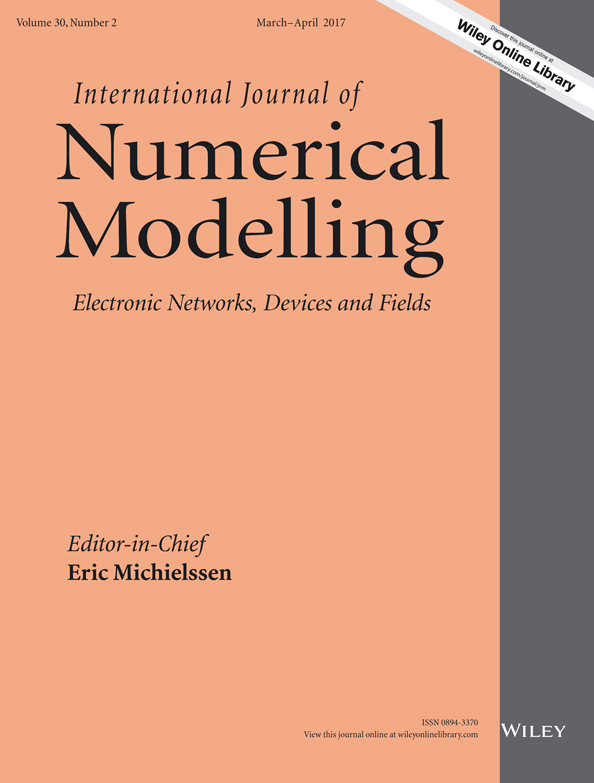Numerical simulation and a parametric study of inorganic nanowire solar cells
Summary
Radial junction nanorods (nanowires) are mainly used to improve the carrier collection efficiency and accordingly the conversion efficiency of solar cells. In this work, a numerical simulator has been produced for a cylindrical p–n junction solar cell based on a finite difference discretization of semiconductor, Poisson's, drift–diffusion transport and charge continuity equations. It can be applied to estimate the photogenerated current density, open circuit voltage, fill factor and conversion efficiency of inorganic radial p–n and p–i–n junction nanowires. Additionally, the simulator can produce the spatial distribution of the carriers' densities, electric field and energy bands of the nanowires. The simulator results show a good matching with previously published ones. Finally, the simulator is used in a parametric study to optimize the geometry and the junction depth of cylindrical silicon solar cells. Copyright © 2016 John Wiley & Sons, Ltd.




